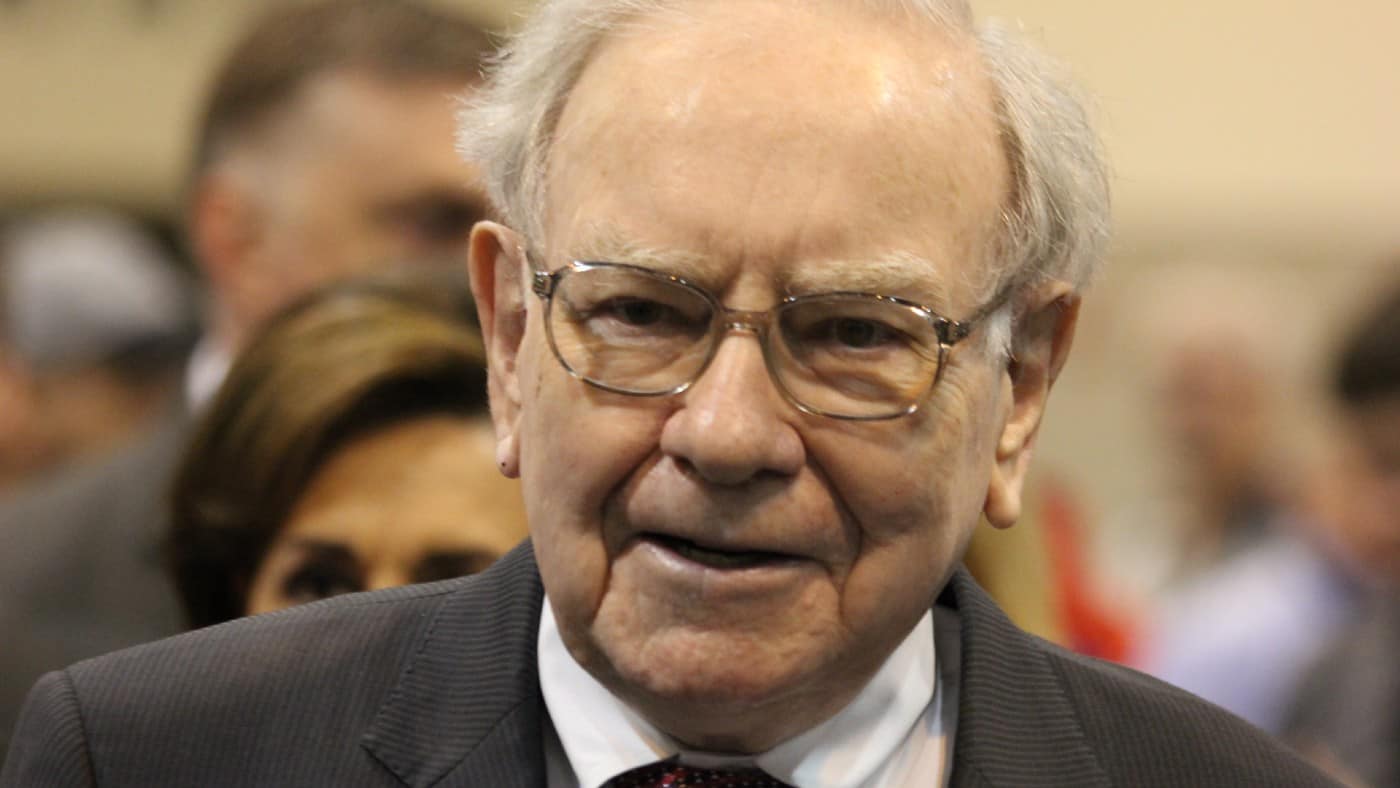While the famed investor Warren Buffett is a billionaire many times over, what a lot of people may not know is that he has made most of his money in the second half of his life.
Partly that is a result of compounding. Buffett compares this to pushing a snowball downhill. As it travels, it picks up snow that in turn picks up more snow. Buffett reckons compounding can work similar wonders for investors.
Indeed, in his letter last year to shareholders in Berkshire Hathaway (NYSE: BRK.A) (NYSE: BRK.B), Buffett referred to an “advantage that favours long-term investors such as Berkshire”. Thanks to Buffett’s decades of investing, time has worked in his favour.
Should you invest £1,000 in Berkshire Hathaway (a Shares) right now?
When investing expert Mark Rogers has a stock tip, it can pay to listen. After all, the flagship Motley Fool Share Advisor newsletter he has run for nearly a decade has provided thousands of paying members with top stock recommendations from the UK and US markets. And right now, Mark thinks there are 6 standout stocks that investors should consider buying. Want to see if Berkshire Hathaway (a Shares) made the list?
Even 40-somethings starting to buy shares from scratch it is still possible to build wealth for the future, or passive income sooner.
I would do that by setting up a Stocks and Shares ISA and putting in regular contributions to fund share purchases.
Borrowing a few of Buffett’s approaches to investing could help, in my opinion.
Power of compounding
Indeed, compounding itself makes the point. Berkshire generates large profits from share price growth and dividends. But it does not pay a dividend itself.
Instead, the firm uses spare cash to keep investing and growing.
As a private investor with even a modest amount of spare cash, compounding could deliver the same benefits (albeit on a much smaller scale).
Avoiding costly mistakes
In this year’s letter to Berkshire shareholder, Buffett said the arena in which the company operates will continue to be rewarding, “if you make a couple of good decisions during a lifetime and avoid serious mistakes”.
Buffett has repeatedly explained his success as being the result of a small number of brilliant investments and the avoidance of enormous mistakes.
Starting to invest in middle age, it might already seem as if time is not on your side. That can lead some people to making mistakes as they try to rush things.
But I think the Buffett approach makes as much sense for a 45 year-old as for a 25 year-old. Avoiding big mistakes and making a few great choices can have powerful effects financially.
Making a few great choices
But how has Buffett made great choices? Rather than trying to invest in hundreds of ideas and hoping one or two of them do spectacularly well, the Buffett approach focuses on keeping an investor’s powder dry for a few really good ideas then going into them in a big way.
Take Berkshire’s largest shareholding (by far) as an example. Apple.
The tech giant was already a well-proven and massively profitably business by the time Buffett started buying its shares less than a decade ago.
It has characteristics common to many Berkshire investments, namely a large market of possible customers, strong brand and unique technology that gives it a competitive advantage.
Spreading risk
But Apple could face an unexpected risk, as well as foreseeable ones. So too could Berkshire, from a hard recession to costly underwriting losses in its insurance division.
That is why although Buffett does not invest in many businesses, he does still spread his risks. That is a simple but smart risk management tool for a small private investor too.








